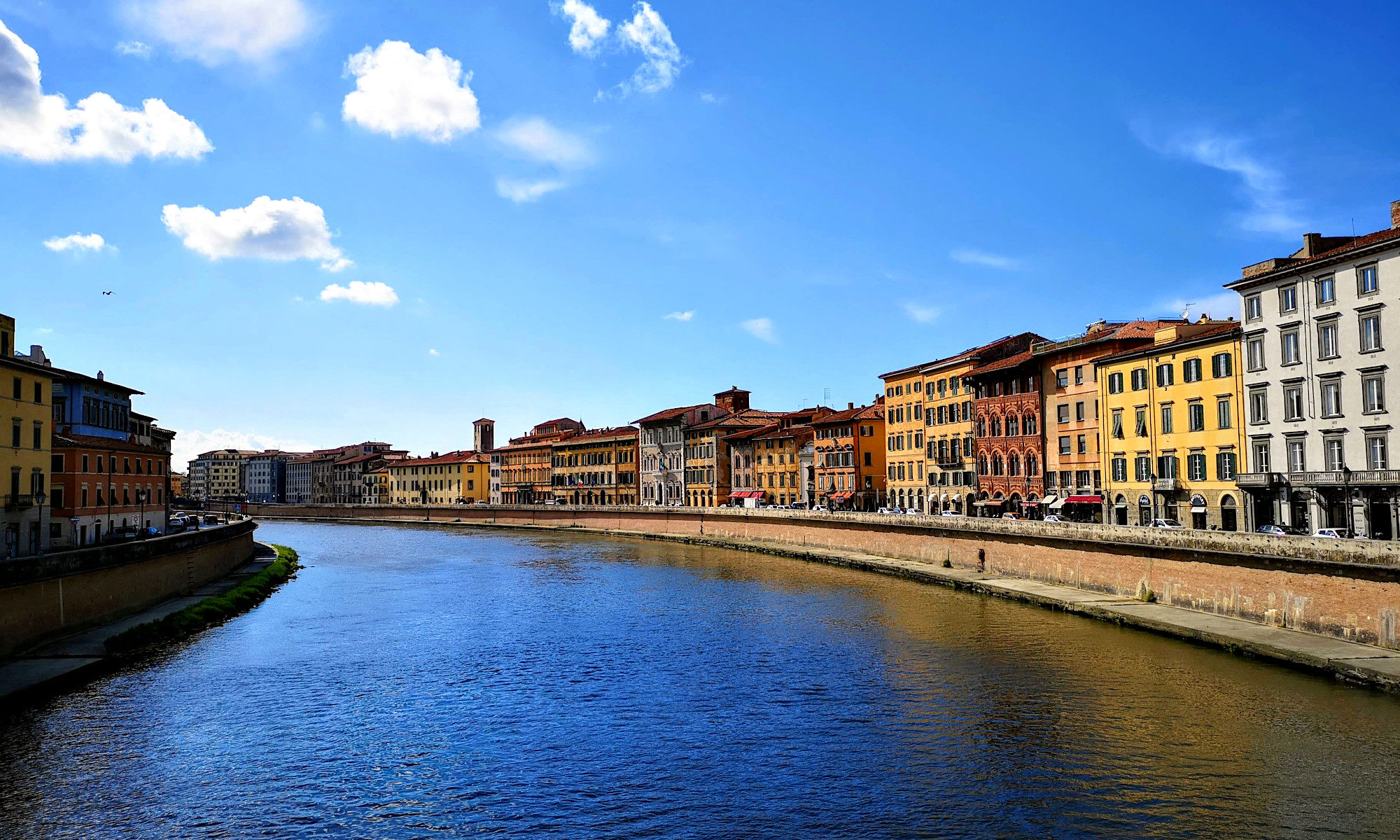Here’s an item I posted to my Globe and Mail blog after surfing through Flickr, Technorati, Sphere, Icerocket, NowPublic and some other Web 2.0-type sites looking for photos and/or commentary about the London terrorist plot. Thanks to links from Dave Winer and Rex Hammock, the post even made it to Techmeme.
Anyone who remembers the London subway bombings probably recalls the dozens of cellphone-camera photos of disheveled victims and twisted metal in the chaos of the London underground — pictures that became a powerful sign of how important “citizen journalism” or “social media” can be during such events. So far, I haven’t been able to find anything quite so dramatic coming out of the British airplane bombing plot (in part because it was foiled before it could take place, of course) but there are bits and pieces trickling in from various corners of the blogosphere and social-media outlets.
On Flickr, the photo-sharing site, several travellers have uploaded snapshots of airports, including a shot of lineups at Newark Airport in New Jersey taken by a user named “sommerspeople,” with the caption “Yes we chose the worst day in years to take a flight. So far from what we have heard a bunch of terrorists were just caught in london while planning to blow up several cross continental flights. We have been standing in this line for a half hour so far and probably have the same amount or more to go.” There is also a shot of two large containers filling up with liquids and gels that passengers have had to discard. Other photos from user spappyjones are here and here.
Another Flickr user named Tomasz Nowak has uploaded several photos of Heathrow Airport in London, including one of the board displaying all the cancelled flights and one of security outside the terminal. Another user had a photo of a long security line snaking down the sidewalk at Lindberg Airport in San Diego. NowPublic.com, a “social media” network that is based in Vancouver, had a photo of the scene at Stansted Airport uploaded by a user named ShoZu, with the caption “The scene at stansted airport this morning following the terrorist alert – Taken at 6:52 AM on August 10, 2006.” And the BBC, which has been asking readers for photos and comments related to the plot, has a collection of user-submitted pictures that are similar. CNN has a new “citizen journalism service called Exchange that collects user-submitted video and stories, but at last check there was nothing about the London plot.
The BBC had more than 1,400 comments on its “Have Your Say” feature as of 1:30 p.m. EST. And The Guardian’s “Comment Is Free” blog hub had several different takes on what happened, including one by Rachel Briggs. The “open source” news site called Wikinews — which tries to do for journalism what Wikipedia has done for the encyclopedia, by letting anyone submit information — had a developing page on the story with a summary of known facts about the plot, and Wikipedia had its own page about the event. The Counter Terrorism blog had a good roundup of some of the coverage on blogs and various other sources, and so did the blog written by Debbie Schlussel (a lawyer, talk-show host and conservative political commentator) and the blog Outside the Beltway, as well as the ABC news blog The Blotter.
One source of blogosphere discussion about the plot is Technorati, which ranks and tracks more than 50 million blogs. Another is Topix.net, which aggregates coverage from newspapers, media websites and prominent blogs. On her LiveJournal blog, a user named Wonder_Woman214 wrote about how troubled she was when she heard the news because her boyfriend was supposed to be on an American Airlines flight the following day. And GemziGirl asked on her blog at Windows Live Spaces that people pray for her country and our leaders so they make the right decisions to bring about justice.” Kristin from California wrote about the terrorist plot on her blog at MySpace.com and said such events made her think about her life and what would happen if she were involved in a terrorist attack.
Update:
Cynthia Brumfield of IPDemocracy makes an interesting point about “citizen journalism” (or whatever we want to call it), which is that it works great when there’s an explosion in a subway or some other event and there are people on the ground who can transmit their photos and impressions. But when it’s just a plot rather than an actual event, we have to rely on official journalists who have contacts with police, law enforcement and so on. As she puts it:
“Citizen journalists serve primarily as eyes and ears when things actually happen. They can provide first-person accounts of scenes that we can’t visit. But when it comes to complicated, behind-the-scenes shadowy developments, only the pros can give us the information we need.”
A good point. And thanks for the compliments too, Cynthia. Dave Winer credits Doc “Cluetrain” Searls with being one of the first on-the-scene citizen journalists, and Doc clarifies somewhat here.
